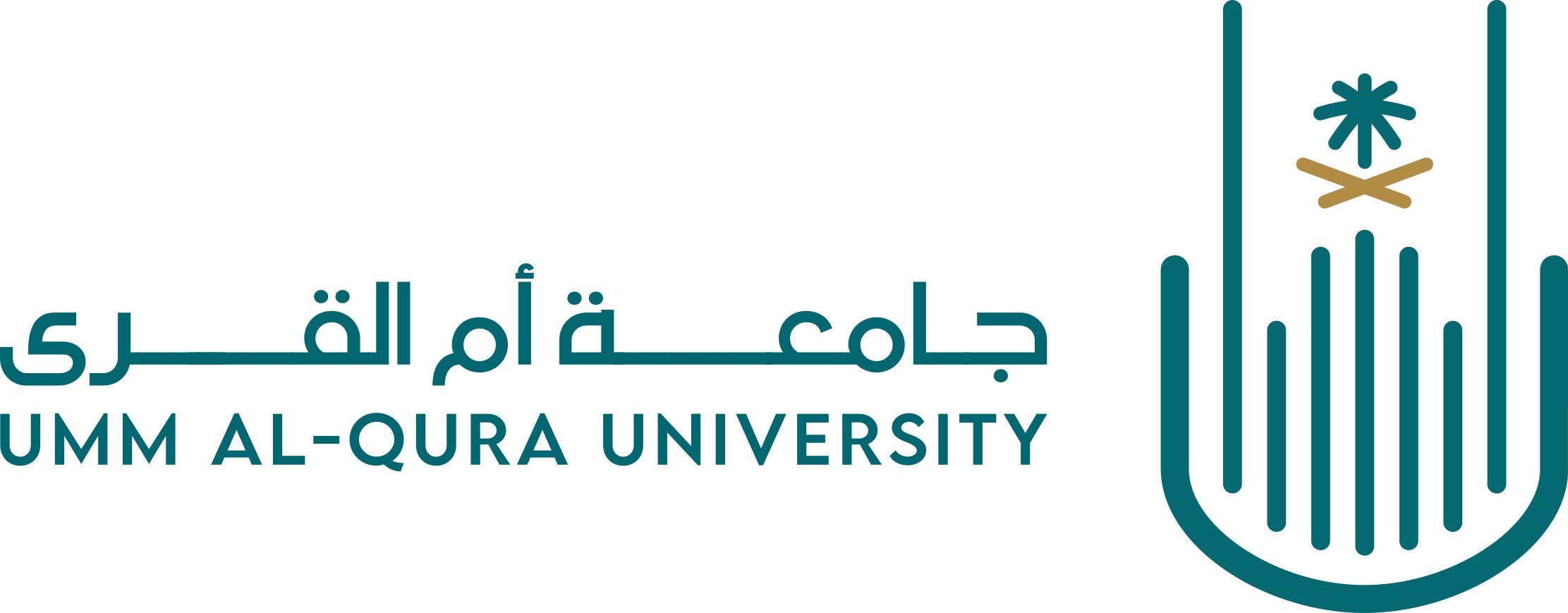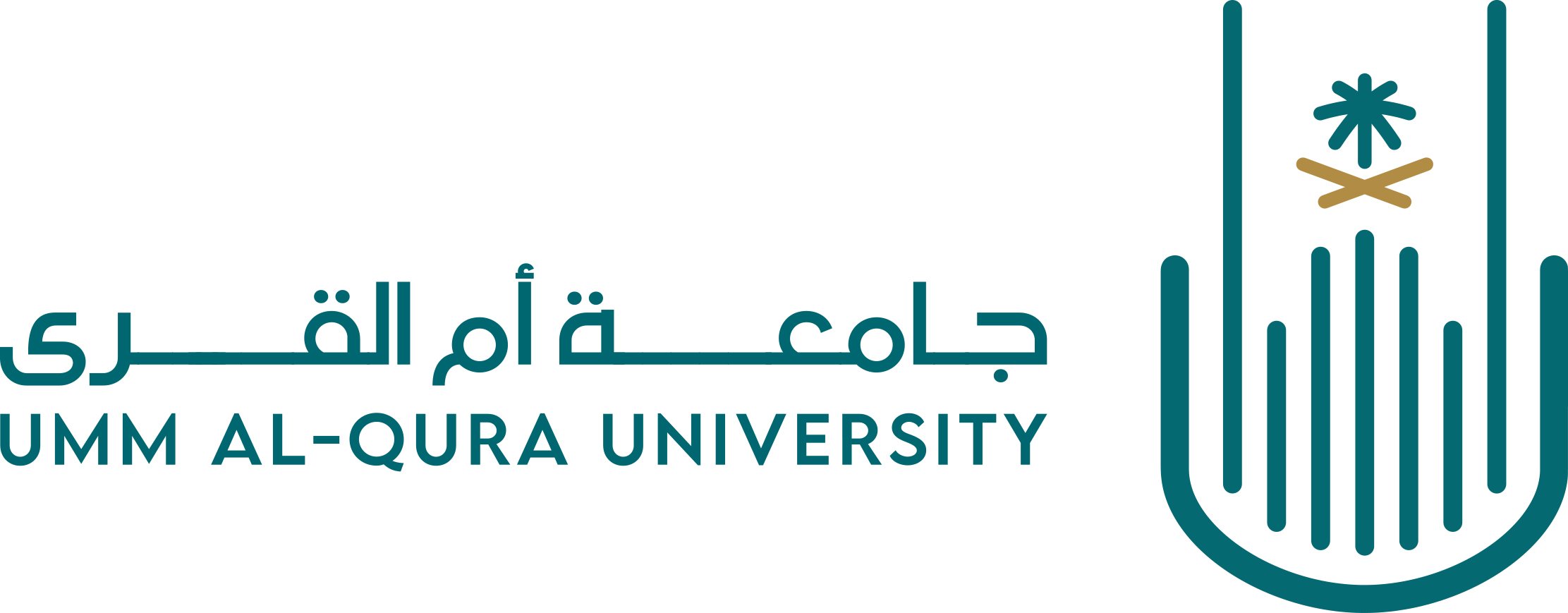- Communities& Collections
- Browse Items by:
- Issue Date
- Author
- Title
- Subject
التكرير الحيوي للنفايات في مكة المكرمة: حل لتحويل المخلفات التي تنتج أثناء مواسم الحج والعمرة إلى ثروة
مفهوم التكرير الحيوي للنفايات (Biorefinery) هو واحد من عدة تكنولوجيات استعادة الطاقة لإنتاج منتجات متعددة في شكل الوقود الحيوي ومنتجات ذات قيمة إضافية لعلاج أجزاء مختلفة من النفايات الصلبة. تتلقى مكبات النفايات في مكة المكرمة مايقارب ٢٧٠٠ طن من النفايات يوميا. وخلال مواسم رمضان والحج، هذه الكميات ترتفع لتصبح ٣٠٠٠ طن و ٤.٧ آلاف طن يوميا على التوالي. في موسم حج ٢٠١٤ تم بيع أكثر من ٢.٥ مليون رأس من الماشية للذبح، وتم التخلص من دمائها وكذلك النفايات الصلبة الناتجة من غير معالجة او تكرير. وبالمثل، تم إهدار حوالي ٢.١ مليون من اكواب زمزم البلاستيكية كل يوم خلال فترة موسم رمضان ٢٠١٤م. في الأيام الثلاثة الأولى من شهر رمضان ٢٠١٤م، كانت تهدر فقط في بلدية مكة المكرمة حوالي ٥٠٠٠ طن من المواد الغذائية. النفايات العضوية من الحرم و المشاعر المقدسة (منى، مزدلفة وعرفات) والمناطق المحيطة بها تصل الي ٦٨.٥٪. وبالتالي فإن معمل التكرير الحيوي للنفايات في مكة المكرمة سيحول ٩٤٪ من النفايات الصلبة من مكب النفايات لثروة. The concept of waste biorefinery is known as one of the several energy recovery technologies capable of producing multi products in the form of biofuels and value-added products treating different fractions of municipal solid waste (MSW). The conversion technologies such as anaerobic digestion (AD), pyrolysis, transesterification, incineration treat food, plastic, meat, and lignocellulosic wastes to produce liquid, gaseous and solid biofuels. Makkah city landfills receive about 2750 tons of waste every day. Whilst during the Ramadan and Hajj seasons, these quantities become 3000 tons and 4706 tons per day respectively. More than 2.5 million animals were sold for slaughtering in 2014 Hajj, and their blood and organic solid waste were disposed untreated. Similarly, around 2.1 million plastic Zam-Zam cups were wasted every day during the 2014 Ramadan time. In the first three days of 2014's Ramadan, 5000 tons of food was wasted only in Makkah municipality. Collectively, about 3853 tons of waste were generated each day during 2014 Hajj and Ramadan. The waste from Al-Haram and Al-Masha’ir (Mina, Muzdalifah and Arafat) and their surroundings was mainly composed of organics (upto 68.5%). There is no waste-to-energy facility existing in Saudi Arabia. The waste biorefinery in Makkah will divert upto 94% of MSW from landfill to biorefinery. The energy potential of 2171.47 TJ and 8852.66 TJ can be produced if all of the food and plastic waste of the Makkah city are processed through AD and pyrolysis respectively. The development of AD and pyrolysis under waste biorefinery will also benefit the economy with gross savings of 405 and 565.7 million SR respectively, totalling to annual benefit of 970.7 million SR. Therefore, the benefits of waste biorefinery in Makkah city and other parts of the Saudi Arabia are numerous including the development of renewable-energy science and research, solving solid waste problems, new businesses and job creation opportunities and minimizing environmental pollution.
| Title: | التكرير الحيوي للنفايات في مكة المكرمة: حل لتحويل المخلفات التي تنتج أثناء مواسم الحج والعمرة إلى ثروة |
| Other Titles: | Biorefinery in Makkah: A Solution to Convert Waste Produced During Hajj and Umrah Seasons into Wealth Waste Biorefinery in Makkah: A Solution to Convert Waste produced during Hajj and Umrah Seasons into Wealth |
| Authors: | نظامي, عبد الستار ريحان, محمد إسماعيل, إقبال محمد الملبي, طلال عودة, عمر |
| Subjects :: | تدوير المخلفات مكة المكرمة |
| Issue Date :: | 27-May-2015 |
| Publisher :: | معهد خادم الحرمين الشريفين لأبحاث الحج والعمرة - جامعة أم القرى |
| Series/Report no.: | أبحاث الملتقى العلمي 15;13 |
| Abstract: | مفهوم التكرير الحيوي للنفايات (Biorefinery) هو واحد من عدة تكنولوجيات استعادة الطاقة لإنتاج منتجات متعددة في شكل الوقود الحيوي ومنتجات ذات قيمة إضافية لعلاج أجزاء مختلفة من النفايات الصلبة. تتلقى مكبات النفايات في مكة المكرمة مايقارب ٢٧٠٠ طن من النفايات يوميا. وخلال مواسم رمضان والحج، هذه الكميات ترتفع لتصبح ٣٠٠٠ طن و ٤.٧ آلاف طن يوميا على التوالي. في موسم حج ٢٠١٤ تم بيع أكثر من ٢.٥ مليون رأس من الماشية للذبح، وتم التخلص من دمائها وكذلك النفايات الصلبة الناتجة من غير معالجة او تكرير. وبالمثل، تم إهدار حوالي ٢.١ مليون من اكواب زمزم البلاستيكية كل يوم خلال فترة موسم رمضان ٢٠١٤م. في الأيام الثلاثة الأولى من شهر رمضان ٢٠١٤م، كانت تهدر فقط في بلدية مكة المكرمة حوالي ٥٠٠٠ طن من المواد الغذائية. النفايات العضوية من الحرم و المشاعر المقدسة (منى، مزدلفة وعرفات) والمناطق المحيطة بها تصل الي ٦٨.٥٪. وبالتالي فإن معمل التكرير الحيوي للنفايات في مكة المكرمة سيحول ٩٤٪ من النفايات الصلبة من مكب النفايات لثروة. The concept of waste biorefinery is known as one of the several energy recovery technologies capable of producing multi products in the form of biofuels and value-added products treating different fractions of municipal solid waste (MSW). The conversion technologies such as anaerobic digestion (AD), pyrolysis, transesterification, incineration treat food, plastic, meat, and lignocellulosic wastes to produce liquid, gaseous and solid biofuels. Makkah city landfills receive about 2750 tons of waste every day. Whilst during the Ramadan and Hajj seasons, these quantities become 3000 tons and 4706 tons per day respectively. More than 2.5 million animals were sold for slaughtering in 2014 Hajj, and their blood and organic solid waste were disposed untreated. Similarly, around 2.1 million plastic Zam-Zam cups were wasted every day during the 2014 Ramadan time. In the first three days of 2014's Ramadan, 5000 tons of food was wasted only in Makkah municipality. Collectively, about 3853 tons of waste were generated each day during 2014 Hajj and Ramadan. The waste from Al-Haram and Al-Masha’ir (Mina, Muzdalifah and Arafat) and their surroundings was mainly composed of organics (upto 68.5%). There is no waste-to-energy facility existing in Saudi Arabia. The waste biorefinery in Makkah will divert upto 94% of MSW from landfill to biorefinery. The energy potential of 2171.47 TJ and 8852.66 TJ can be produced if all of the food and plastic waste of the Makkah city are processed through AD and pyrolysis respectively. The development of AD and pyrolysis under waste biorefinery will also benefit the economy with gross savings of 405 and 565.7 million SR respectively, totalling to annual benefit of 970.7 million SR. Therefore, the benefits of waste biorefinery in Makkah city and other parts of the Saudi Arabia are numerous including the development of renewable-energy science and research, solving solid waste problems, new businesses and job creation opportunities and minimizing environmental pollution. |
| URI: | http://dorar.uqu.edu.sa//uquui/handle/20.500.12248/131607 |
| Appears in Collections : | 2-المحور الثاني الدراسات البيئية والصحية |
| File | Description | Size | Format | |
|---|---|---|---|---|
| السجل العلمي لأبحاث الملتقى 15-250.pdf | ملخص بحث - التكرير الحيوي | 251.31 kB | Adobe PDF |  View/Open |
| أبحاث الملتقى 15 - إنجليزي-95-106.pdf | البحث باللغة الإنجليزية | 392.1 kB | Adobe PDF |  View/Open |
| Waste Biorefinery in Makkah.docx | البحث بصيغة وورد | 137.83 kB | Microsoft Word XML | View/Open |
Items in D-Library are protected by copyright, with all rights reserved, unless otherwise indicated.



Comments (0)